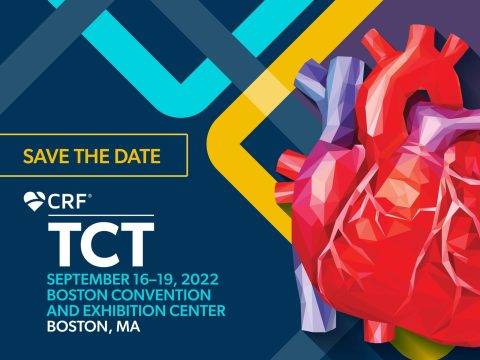Approximately 1 in 5 patients admitted for cardiogenic shock (CS) were observed to have moderate to severe mitral insufficiency (MI), which increases the risk of mortality by about 60%. To date, there is limited data on the role of transcatheter edge-to-edge repair therapy in this setting.

The aim of this study was to describe the risk profile, device success, and association between device implantation and events at 1 year. Data were obtained from 3797 patients; their mean age was 73±11 years; 59.9% of patients were men and the STS mortality risk was 14.9±15.3, with a mean ejection fraction of 41±17.5%.
In 47.8% of patients, there was more than 1 clip implanted. Complications observed included major bleeding (3.6%), life-threatening bleeding (4%), and stroke (1.6%), with an average hospitalization of 12.5 days.
Successful implantation was achieved in 85.6% of the cases. In patients who underwent successful implantation, there was a 51% decrease in mortality compared with failed implantation (hazard ratio [HR]: 0.49; 95% confidence interval [CI]: 0.41-0.59; p < 0.001), with a need-to-treat of 4.8. When analyzing the composite outcome of mortality/hospitalization for heart failure, the reduction was 49% (HR: 0.51; 95% CI: 0.42-0.62; p < 0.001).
Conclusions
The reduction of MI within CS is achievable in most patients and is associated with a decrease in mortality and hospitalizations at 1 year. Data come from registries and, therefore, only suggest a hypothesis to be addressed in the future.

Dr. Omar Tupayachi.
Member of the Editorial Board of SOLACI.org.
Font: Transcatheter Edge-to-Edge Repair in Patients with Severe Mitral Regurgitation and
Reference: Cardiogenic Shock: TVT Registry Analysis presentado por Mohamad A. Alkhouli, MD en TCT Congress, Boston, EE. UU. 17 septiembre de 2022.
Subscribe to our weekly newsletter
Get the latest scientific articles on interventional cardiology





